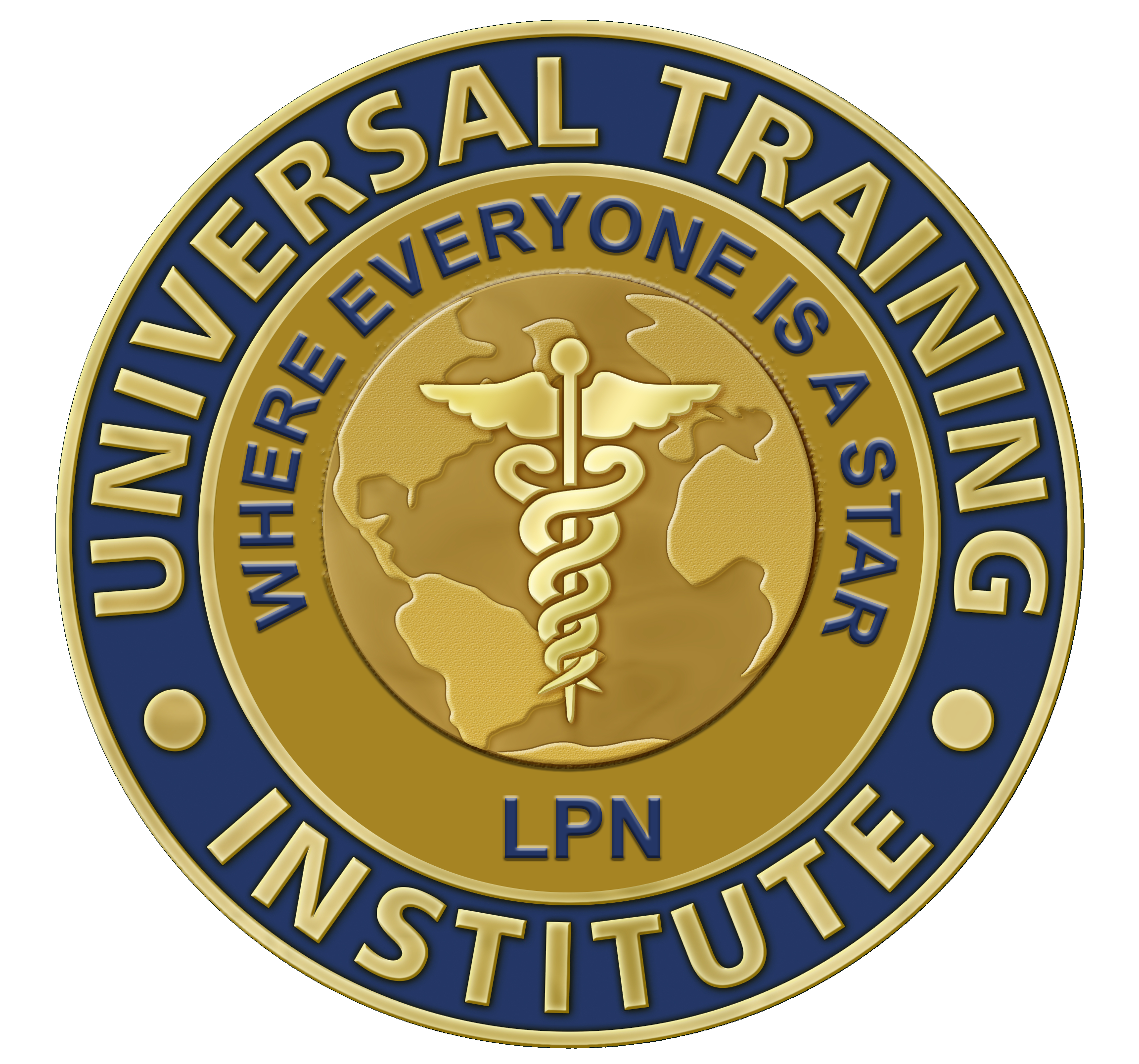Pre-Clinical Preparation:
- Read the patient’s chart thoroughly.
- Take note of the patient’s demographic data, admission date, chief complaints on admission and admitting diagnoses.
- Read the nursing admission notes and the nursing plan of care. You need to know the current aspects of care, why they are being addressed and the underlying principles behind the selection, so you can design your plan of care accordingly.
- Take note of the diagnostic/laboratory studies and results.
- Read the nurses notes and the doctor’s progress notes. This will give you an idea of the patient’s course during this hospital stay.
- Read the doctor’s orders, consult notes, and documentation of other allied health care providers (Physical, Respiratory, Dietary & Speech therapy, Case Management, Social Services, etc.).
- Copy your medications from the MAR, noting the expiration dates. Discontinued medications are highlighted in yellow. Check the medications listed in the MAR with the Doctor’s orders. If you find any discrepancy, bring it to the attention of the primary nurse or charge nurse.
- Introduce yourself to your patient, conduct your initial interview and perform some preliminary assessments as appropriate, using your observation and listening skills.
- Talk with the nurse assigned to the client for the day. Find out any pertinent information regarding the care of the patient.
- Check your patient’s medications, especially the IVPB which you may have to prepare or come as mini bags or add-vantage system. Note the volume of the IVPBs, you will need this information to calculate the IVPB rate.
- Based on the information about your patient, begin to complete the Health History & Physical Assessment Tool and begin to develop a concept map.
- Write out a schedule for your clinical day.
On the Day of Clinical:
- Pre-conference will begin at the designated time by your clinical faculty. All students are required to attend.
- Students must come prepared to clinical with patient’s medical diagnosis and drug book.
- Introduce yourself to the primary nurse. Make sure you inform the primary nurse which patient (s) you have, how long you will be in clinical, if you will be giving medications, documenting, etc.
- Take report from the primary nurse and write down the primary nurse’s name in the Student Assignment Sheet. You will be collaborating with the primary nurse on the care of your patient (s). Do not leave the floor without reporting off to the primary nurse.
- Be sure to check the Kardex and Chart for any new orders (medication, treatments, diagnostic tests, etc.), and to get an update on the patient’s condition.
- Unless otherwise specified, students are expected to have assessed their patients, checked IVs, NGT/GT, Foley catheters, O2 delivery, TPR and BP, (written in the TPR notebook) prior to the conference. Students in Critical Care should have checked the ventilator settings, latest ABGs and lab results & calculated the drips (brings your calculator to clinical).
- Prior to doing a new procedure, the student is expected to read the Procedure Manual. The student then discusses this with the clinical faculty prior to carrying out the procedure under supervision. A student should not independently perform a procedure that he/she has not done before without faculty supervision. Students are not allowed to give IV push medications and will always require supervision when flushing central lines (TLC, Portacath, etc.)
- Students are required to know about all the assigned patient’s medications. Medications can be administered after the student discusses them with the faculty. Inadequate medications knowledge is considered unsatisfactory performance in the clinical are.
Students in Critical Care will follow the procedure for medication administration as indicated, and in addition, should check with the primary nurse before administering any medication. Students cannot independently mix, hang or titrate any vasoactive medications in critical care. These activities may be done collaboratively with the primary nurse - Students are responsible for writing the nurses’ notes on assigned patients for the period of time spent with them. The narrative portions of the nurse’s notes are written on a separate sheet of paper for review by the faculty prior to writing notes in the chart. Nurse’s notes, as well as medications, have to be countersigned by your faculty. Make sure you leave enough room for faculty signature after you sign yours. Documentation in critical care is done collaboratively with the primary nurse. Discuss the recommended changes with the primary nurse who will be responsible for making the changes as appropriate.
- Students are expected to develop the initiative to seek out learning experiences in the clinical area.
Required Equipment for the Clinical Experience:
- Two (2) black pens
- Bandage scissors
- Watch with a second hand
- Stethoscope
- Penlight
- Small measuring device
- Small / portable drug book, as necessary
- Small notebook
